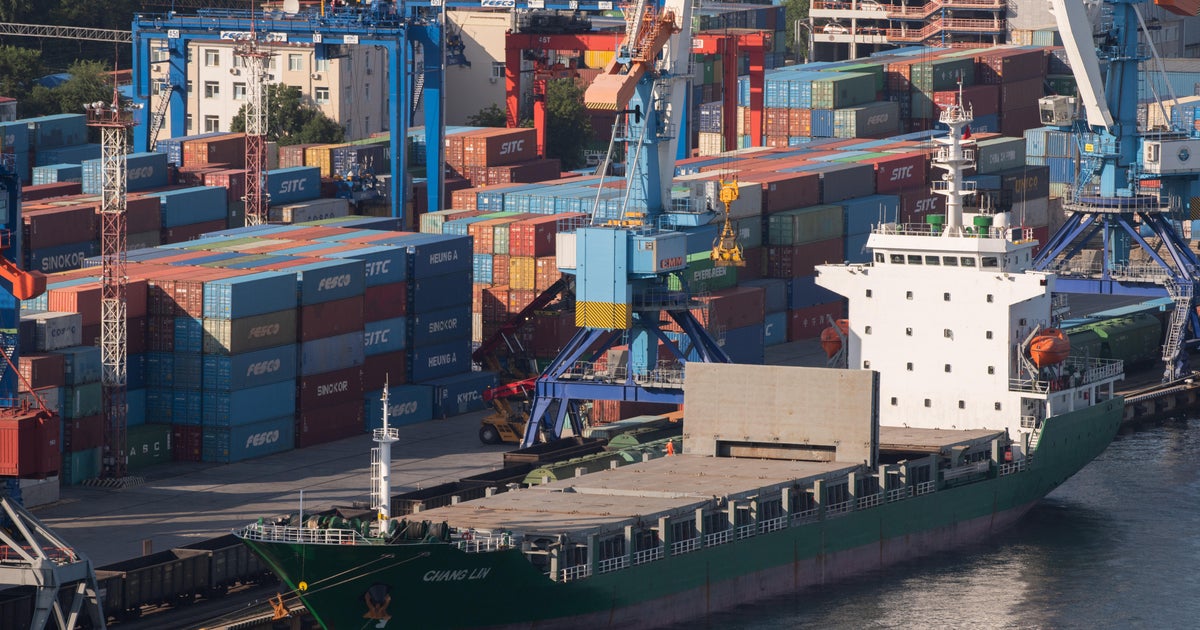Spanish island's erupting volcano could remain a threat for months
El Paso, Canary Islands — The volcanic eruption on a Spanish island and its aftermath could last for up to 84 days, experts said Wednesday. The Canary Island Volcanology Institute said it based its calculation on the length of previous eruptions on the archipelago, which like the latest eruption were followed by heavy lava flows and lasting seismic activity.
The institute reported that Tuesday night saw a strong increase in the number of smaller eruptions that hurl rocks and cinders high into the air on the island of La Palma, one of the Canary Islands off northwest Africa.
Authorities say that dangers still lie ahead for residents, including earthquakes, lava flows, toxic gases, volcanic ash and acid rain.
Since last Sunday's eruption, powerful rivers of unstoppable lava nearly 20 feet high have swallowed up 185 buildings, mostly homes in the countryside. The lava now covers about 381 acres, according to the Volcanology Institute.
The lava flows were heading downhill toward the island's more densely populated coast. Some 1,000 people were evacuated late Tuesday from the neighborhood of Todoque, on the shoreline, bringing the total number of evacuated people to around 6,000.
The meeting of the lava, whose temperature exceeds 1,800 degrees Fahrenheit, with a body of water could cause explosions and produce clouds of toxic gas.
Prompt evacuations have helped avoid any casualties from the eruption, though damage to homes, infrastructure and farmland is significant, officials say.
Emergency services on the island attempted late Tuesday to divert some of the lava by using front-loaders to clear a path for the molten rock to follow, hoping to steer it away from properties. Officials said they didn't know if it would work.
The volcano has also been spewing out between 8,000 and 10,500 tons of sulfur dioxide, which affects the lungs, every day, the Volcanology Institute said.






